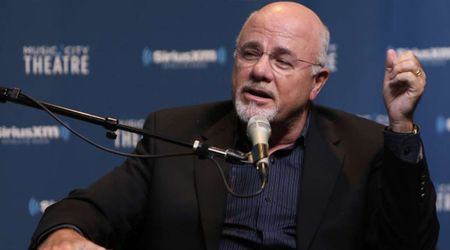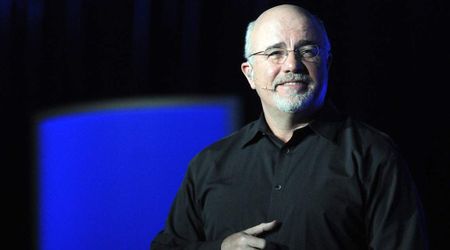A Tesla owner shared their first 12-month electric bill and the fee has left people in disbelief

Despite awareness about climate change and pollution, motorists are reluctant to replace their gas guzzlers with electric vehicles due to the cost involved. But EV makers have time and again reassured people that the cost of running electric cars can balance things out for them. This is what a user @Tesla_GTownTX on X (formerly Twitter) confirmed by sharing a screenshot of their bill for charging a Tesla for a year. While the cost of powering an EV was surprisingly low, there's still a catch.

Yearly Cost of Charging a Tesla
Since the caption on the post read, “First time I have had a bill within the last 12 months. This sucks," people expected the cost to be exorbitant. But they soon learned that the user was being sarcastic, as the bill revealed that it cost him only $2.37 to charge his Tesla for a year. Just a couple of dollars for a year sounds like a fantastic deal to motorists whose gas-fueled vehicles have burned a hole in their pockets.
First time i’ve had a bill within the last 12 months. this sucks. pic.twitter.com/OSGdu1QbcN
— RG (@Tesla_GTownTX) January 17, 2024
How to Cut Costs for EVs?
Upon closely examining the user's X profile it is clear that he uses something called a Tesla Powerwall to charge his car.
Something is not adding up with my Tesla Electric invoice I received today. I'm on the Fixed Plan, which indicates $400/yr per Powerwall and I have 3 PWs. @thefuzz247 how does your bill look this month? @JohnEG78 @teslaenergy
— RG (@Tesla_GTownTX) October 15, 2024
If I've done the math correctly my total monthly… pic.twitter.com/e17M6xHPaa
The Powerwall is essentially a massive battery that is looped into the home's power supply to store energy and charge the car. It's often paired with solar panels as the combination offers the most cost-effective and potentially self-sufficient power loop. Apart from powering the home, the solar panels also store the excess energy in the Powerwall, which is used to charge an EV.
Tesla has three Powerwall battery models Powerwall 2, Powerwall+, and Powerwall 3, all of which have an energy storage capacity of 13.5 kWh, enough to power a medium-sized home for hours, according to MarketWatch.

They have different rates of power output and the newer model offers better power generation and an inverter configuration, which converts solar energy into electricity that can be used to power homes.
What's the Catch?
While this sounds like an ideal scenario, the initial costs associated with buying a Powerwall could be staggering. As of October 2024, Tesla doesn't sell the Powerwall 2 and the Powerwall+. However, some vendors or third-party sellers may still have those. The one that Tesla officially sells is the Powerwall 3, which comes with a hybrid inverter allowing it to operate as a stand-alone system or in combination with solar panels.
🦅Powerwall 3 is made in the US🦅 pic.twitter.com/zD5JAtWoeP
— Tesla Energy (@teslaenergy) August 2, 2024
It has an official installation price of $15,300 before taxes and incentives. However, third-party installers can charge customers anywhere between $13,000 and a whopping $20,000. This combined with the cost of buying an EV is more than enough to scare customers away.
Furthermore, the cost of repairing a Powerwall or replacing a Powerwall can put a dent in household budgets as well. While Tesla replaces Powerwall's free of cost under a warranty, replacing the battery system costs customers about $9,300 per unit.
At the same time, a MarketWatch report does mention that the upfront costs of the Tesla Powerwall can be justified by the savings it brings. Like in the case of the X user, Tesla users can save thousands of dollars on electricity bills.
























